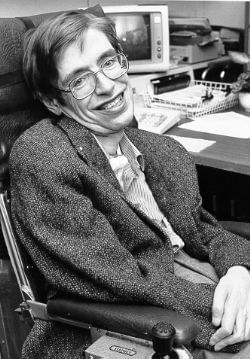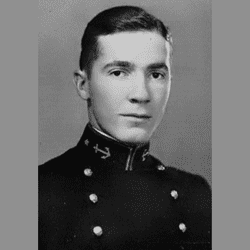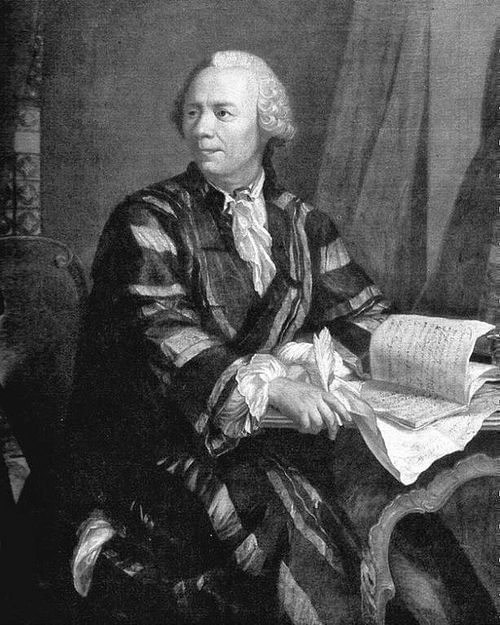
Photo Attribution: Jakob Emanuel Handmann, Public domain, via Wikimedia Commons
Leonhard Euler
This example has been viewed 692x times
Summary
Rodden Rating
Analysis for Leonhard Euler
Biography
Leonhard Euler (/ˈɔɪlər/ OY-lər,[b] German: [ˈleːɔnhaʁt ˈʔɔʏlɐ] ⓘ, Swiss Standard German: [ˈleːɔnhart ˈɔʏlər]; 15 April 1707 – 18 September 1783) was a Swiss mathematician, physicist, astronomer, geographer, logician, and engineer who founded the studies of graph theory and topology and made pioneering and influential discoveries in many other branches of mathematics such as analytic number theory, complex analysis, and infinitesimal calculus. He introduced much of modern mathematical terminology and notation, including the notion of a mathematical function.[6] He is also known for his work in mechanics, fluid dynamics, optics, astronomy, and music theory.[7]
Euler is held to be one of the greatest mathematicians in history and the greatest of the 18th century. Several great mathematicians who produced their work after Euler's death have recognised his importance in the field as shown by quotes attributed to many of them: Pierre-Simon Laplace expressed Euler's influence on mathematics by stating, "Read Euler, read Euler, he is the master of us all."[8][c] Carl Friedrich Gauss wrote: "The study of Euler's works will remain the best school for the different fields of mathematics, and nothing else can replace it."[9][d] Euler is also widely considered to be the most prolific; his 866 publications as well as his correspondences are being collected in the Opera Omnia Leonhard Euler which, when completed, will consist of 81 quarto volumes.[11][12][13] He spent most of his adult life in Saint Petersburg, Russia, and in Berlin, then the capital of Prussia.
Euler is credited for popularizing the Greek letter pi to denote the ratio of a circle's circumference to its diameter, as well as first using the notation f(x) for the value of a function, the Greek letter Σ\Sigma (capital sigma) to express summations, the Greek letter Δ\Delta (capital delta) for finite differences, and lowercase letters to represent the sides of a triangle while representing the angles as capital letters.[14] He gave the current definition of the constant e, the base of the natural logarithm, now known as Euler's number.[15]
Euler is also credited with being the first to develop graph theory (partly as a solution for the problem of the Seven Bridges of Königsberg, which is also by many considered the first practical application of Topology). He also became famous for, among many other accomplishments, providing a solution to several unsolved problems in number theory and analysis, including the Basel problem, which had remained unsolved for 150 years. The Basel problem consists of finding the sum of the reciprocals of the squares of the natural numbers. Euler found that this sum equals exactly π2/6. Euler has also been credited for discovering that the sum of the numbers of vertices and faces minus the number of edges of a polyhedron equals 2, a number now commonly known as the Euler characteristic. In the field of physics, Euler reformulated Newton's laws of physics into new laws in his two-volume work Mechanica to better explain the motion of rigid bodies. He also made substantial contributions to the study of elastic deformations of solid objects.
Source: https://en.wikipedia.org/wiki/Leonhard_Euler
Raw Data
Horoscope Data
Comments
Natal Data
1707-04-15 Unknown Time GMT
47° 33′ 34.6″ N 7° 35′ 18.9″ E
Basel, Switzerland

















































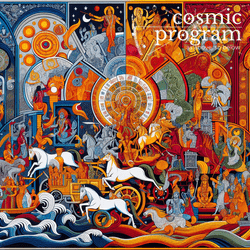





.png?bossToken=2c2a8099971eda5609f2bca07c3388a27d24dc486153cfdde42c5abb491875be)

